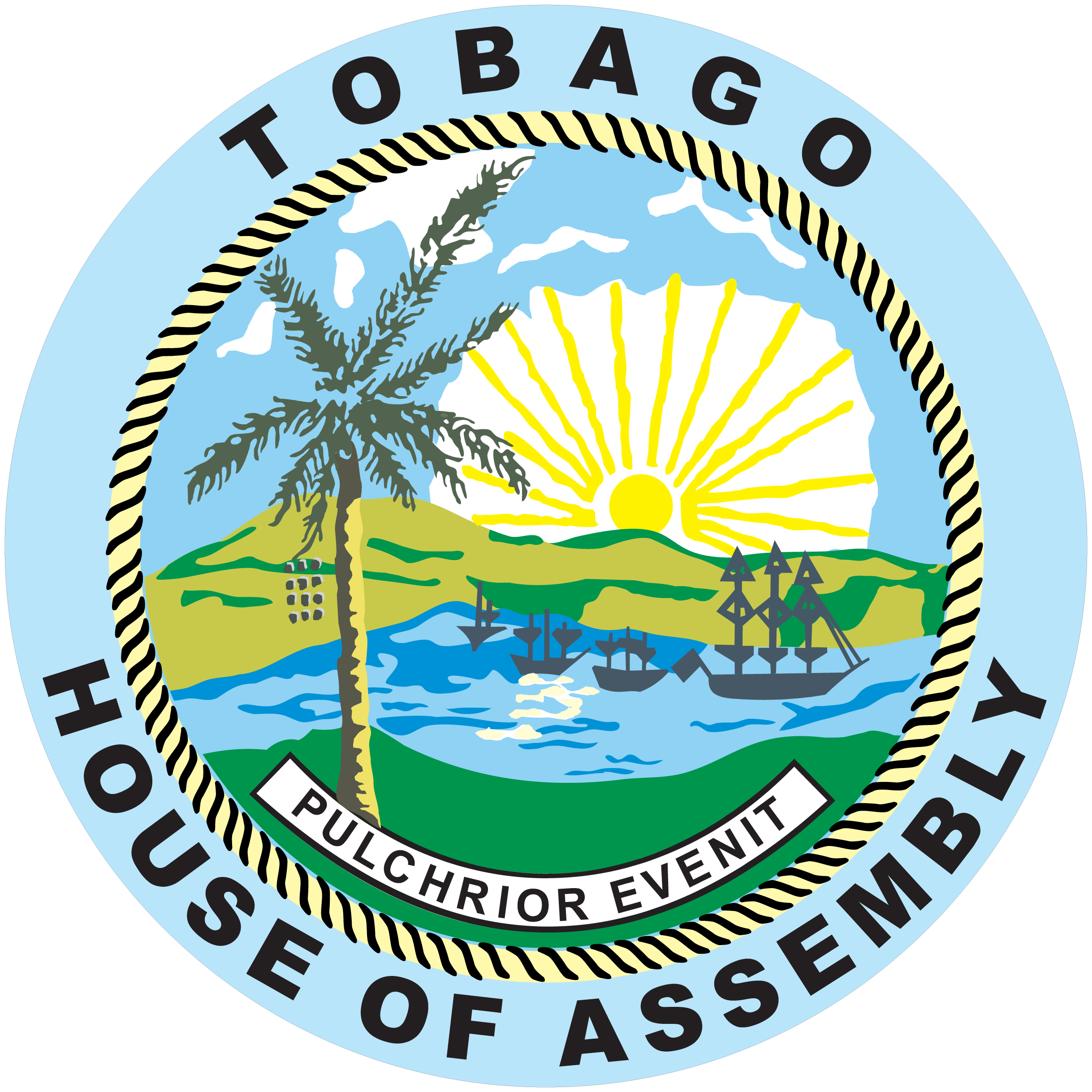A unified approach is needed to alleviate the impact that the influx of Sargassum seaweed is having on Tobago.
Speyside on the eastern coast of the island has been hardest hit, and Chief Secretary Orville London, along with a number of other Tobago House of Assembly (THA) officials, hosted a public meeting at the Speyside Community Centre on Tuesday night (August 4, 2015) to address residents.
At the meeting, the THA provided an update on its response to what London labelled a “natural disaster”, and sought feedback on the issues Speyside residents are facing as a result of the seaweed, as well as their concerns.
London empathised with the residents and businesses being affected by the Sargassum, but said he would make no false promises to them that the problem will be immediately solved, because of how unpredictable the phenomenon is. He said, however, that the THA is committed to tackling the problem of those affected until the problem ends.
“Even nature in its worse form cannot and will not be allowed to overcome the resolute response of the people of Speyside and the people of Tobago, with the support of the Tobago House of Assembly,” London told a sizeable gathering that filled the Centre.
He said several states in the US, including Texas, and many of the Caribbean islands are facing the same threat and responding in a similar way as Tobago. The THA’s initial injection of $3 million will not be enough, London said, adding that the THA Divisions and Departments have teamed up to ensure that as much resources as possible can be allocated to the clean-up efforts in affected areas.
London also called on the residents to partner with the THA in whatever way they can to support the clean-up.
“We need all the assistance, all the support, all the advice, all the guidance that we can get. We are willing to accept that,” London stated. “We will be available to communicate with you on a daily basis and to take advice and information.”
Linford Beckles, Director of the Department of Natural Resources and the Environment, explained to the residents that heavy machinery is needed to clear the beach at Speyside because of the magnitude of the problem.
He also explained the strategy for removing the seaweed.
“The seaweed that is already on the beach forms a wall, which prevents additional seaweed from coming into the beach,” Beckles said. “So the strategy is to remove what is there and all the seaweed that is in the nearby coastal areas, and we continue to remove the seaweed and dispose of it in as responsible a manner as we can under the circumstances.”
The seaweed, he said is being stored at nearby locations Murchiston and Laow Estate in Speyside. He said the cost factor and the length of time it will take to move the seaweed farther away will affect the efficiency of the process.
Beckles also indicated that the THA will continue its research to determine the best way to combat the Sargassum threat.
